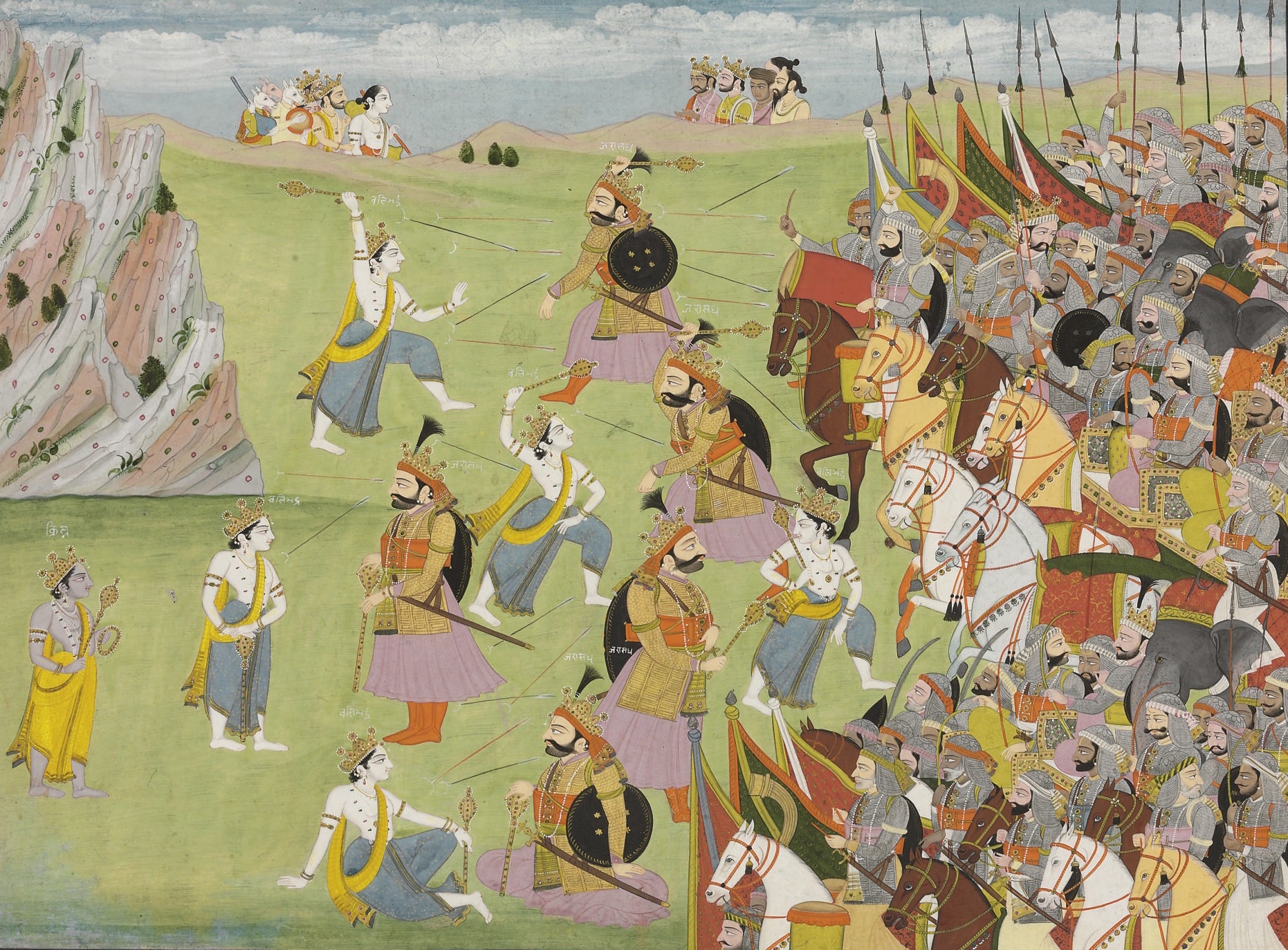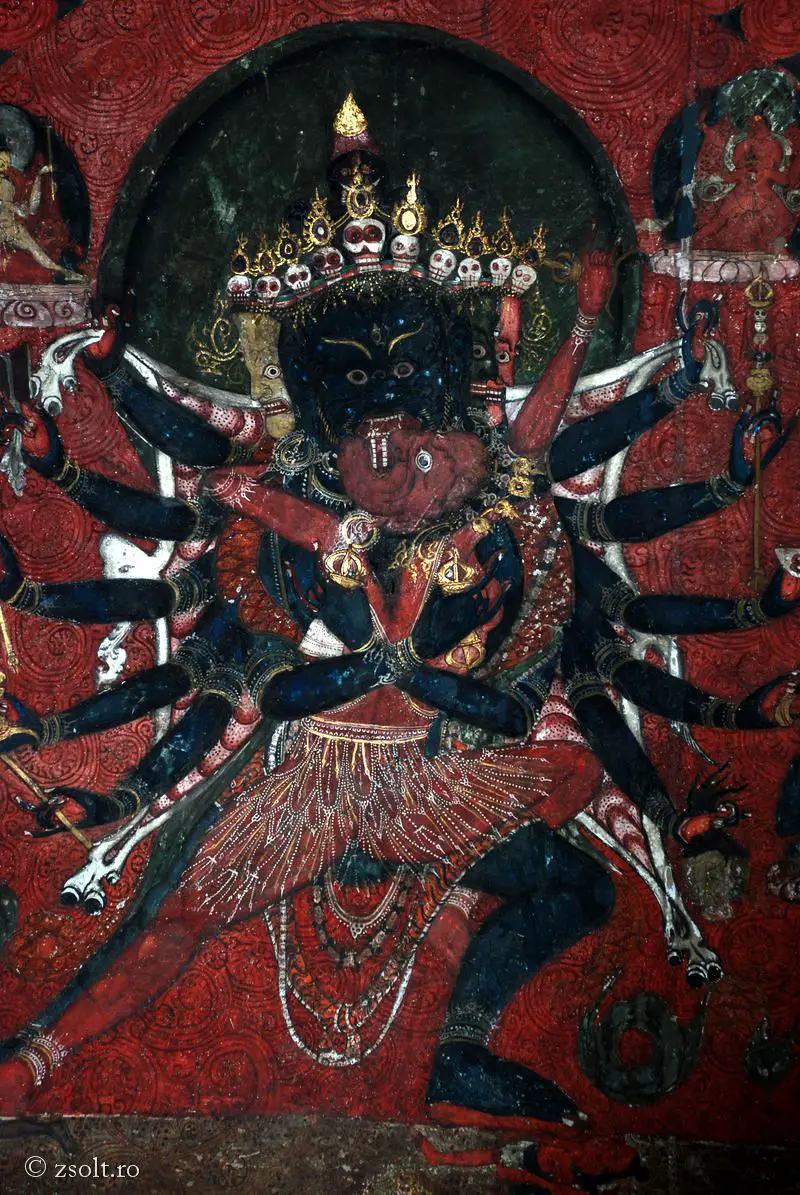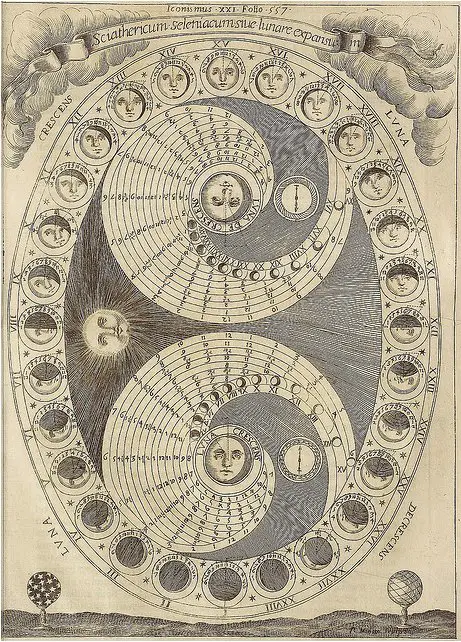Tag: Brahma
Auras and inner lights
Since the perception of a light characterizes the apparition of the divine, the luminous has always been associated with the numinous. The great dilemma that Walter Benjamin proposes is whether the visual impression is determined exclusively by the biology of the human eye or is also characterized by cultural and historical specificities. This contribution seeks to reconstruct how the experience of light in the West has changed over the centuries in intensity and suddenness and how its modes of manifestation have changed.
Shiva Bharaiva, the holy city of Varanasi and the Axis Mundi
Analysis of the myths concerning the divine figure of Shiva Bharaiva, the Linga of fire, the holy city of Varanasi, the symbolism of the "great universal crematory ground" and initiatory death: sacred geography of death and liberation.
The double spiral and the double movement of emanation and reabsorption of the cosmos
di Marco Maculotti
cover: phases of the moon, taken from "Ars Magna Lucis et Umbrae" by Athanasius Kircher, 1646
In the first essay of this column on the theme of the symbolism of the spiral and the "cosmic rebirth" [cf. The symbolism of the Spiral: the Milky Way, the shell, the "rebirth"] we dwelt on the esoteric meanings of the spiral symbol and the closely related ones of the Milky Way and the shell. In this second appointment we aim to analyze the symbol of the double spiral from an even more 'cosmic' perspective, with regard to the traditions that convey this symbol to concepts concerning the creation (or rather, the emanation) of the cosmos and its reabsorption. We will begin our discourse by examining the Indian Brahmin tradition and comparing it with the Tantric śivaist one of Kashmir, and then analyzing the points of contact, from a religious syncretism point of view, with that — distant in terms of time and space — pre-Columbian of the Nahua-Aztec peoples.
Cyclical time and linear time: Kronos / Shiva, the "Time that devours everything"
di Marco Maculotti
"It is essential to encounter the problem of time. From the perspective of the doctrine of the Cycles it concerns the dead perhaps more than the living. Time expands in all directions forming a circle, [since] it is cyclic."
- Carl Hentze"What is circular is eternal, and what is eternal is circular."
- Aristotle
The primordial and triple god: esoteric and iconographic correspondences in ancient traditions
di Marco Maculotti
In ancient traditions around the world we find reference to a god of origins, who came into existence before all else, creator of all that is manifest and equally of all that is unmanifest. The most disparate mythical traditions depict the primordial god as containing all the potentials and polarities of the universe, light and darkness, spirit and matter, and so on. For this reason, he is often represented with two faces (two-faced Janus) or even with three (Trimurti Hindu). However, more often than not he is considered invisible, hidden, difficult to represent except in an allegorical, esoteric form, which often refers to the union of the luminous and fiery principle, 'masculine', with the dark and aqueous, 'feminine' . In the traditions of the whole world, this primordial god is not honored with a cult of his own, since it is believed that he now lives too far from man and human affairs do not concern him: for this reason, this maximum deity is often spoken of as of a deus otiosus.






